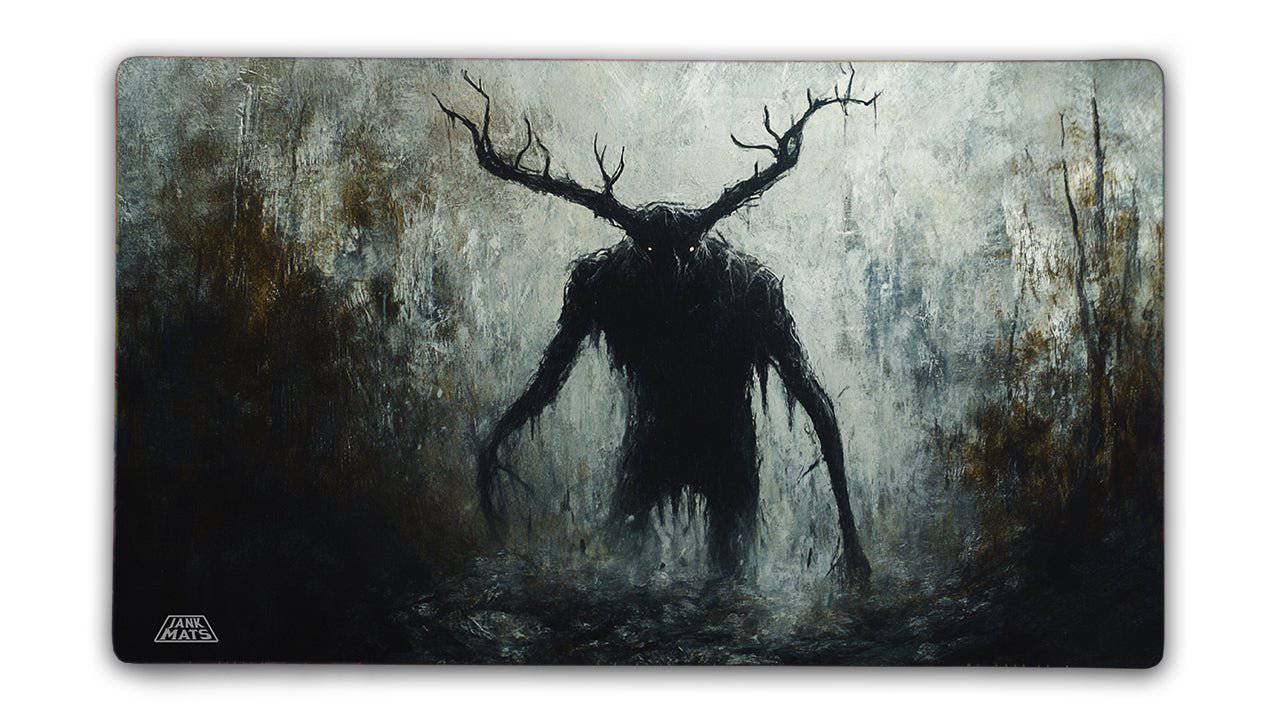
when Horror Yearbook – Wendigo begins as a shadow in the stories of the Algonquin peoples, passed down for generations through oral tradition. It lurks in the coldest corners of Canada, especially in the dense, snow-covered forests of Ontario and Quebec. The Wendigo represents more than just fear; it embodies the perils of isolation, starvation, and unchecked greed. This malevolent creature emerges during winter, when food grows scarce and hope becomes fragile. The Wendigo does not simply appear; it takes root in desperation and slowly transforms humans who succumb to darkness. Unlike other mythological beings, it is not born of magic alone but of human weakness as well. This legend endures because it touches on real emotional and physical suffering. In a land where winter claims many lives, the story of the Wendigo is both warning and symbol, reminding communities of the fine line between survival and savagery.
Legends describe the Wendigo as gaunt, towering, and skeletal, with skin stretched tight over its bones. Its eyes glow in the darkness, revealing an endless hunger that can never be satisfied. Some accounts add that antlers grow from its head, connecting it to the wilderness and the beasts within it. The Wendigo moves with unnatural speed, preying on those lost or alone in the woods. Its voice scratches like dry wind across frozen trees, and its scent carries rot and decay. The heart of a Wendigo is said to be frozen solid, making it immune to warmth and love. In some versions, the creature does not always hunt from the outside. Instead, the Wendigo takes over a person’s mind and body from within, turning them slowly into something inhuman. The Wendigo legend remains terrifying not just for its appearance, but for its cruel ability to corrupt.
“Read about: La Llorona: The Haunting Cry by the River”
The Wendigo legend serves many functions across Indigenous cultures in Canada. Among the Algonquin-speaking peoples, including the Ojibwe and Cree, the Wendigo stands as a moral warning. It punishes selfishness, greed, and betrayal of the community. In some stories, those who hoard food during famine or abandon others in the cold become vulnerable to Wendigo possession. Elders have shared tales to teach children the value of sharing, respect, and courage. The Wendigo myth reinforces community survival over individual desires. It also acts as a spiritual protector by highlighting the spiritual consequences of desperation. Some shamans and healers have performed rituals to drive out the Wendigo spirit when believed to have taken hold of someone. While the creature is feared, it also strengthens community bonds through cautionary teaching. Wendigo stories are not just horror tales; they are reflections of a people’s survival wisdom and spiritual resilience.
Reports of Wendigo sightings have not faded with time. Stories of strange figures seen deep in Canadian forests still emerge, especially in areas with historical ties to the legend. Even outside of Indigenous communities, the Wendigo has grown in popular culture. Movies, books, and games often depict it as a supernatural predator, though not always with cultural accuracy. The spread of this figure into mainstream horror has sparked conversations about cultural respect and appropriation. While some see it as a universal symbol of hunger and fear, others urge a return to the legend’s original teachings. The Wendigo appears not only in the snow but in stories of personal struggle, addiction, and mental health. As such, the legend continues to evolve with each generation. People are drawn to its chilling nature, yet it remains a mirror of very real emotions like despair, isolation, and moral collapse.
“Read more: Gourmet in Orbit: French Fine Dining Heads to the ISS”
Beyond folklore, this legend has inspired study within psychology and anthropology. A related condition, once termed a cultural disorder, involved intense cravings for human flesh and a fear of becoming a cannibal. Though controversial and rarely diagnosed today, the term reflects how deeply rooted this myth is in real human psychology. The figure symbolizes what happens when morality erodes under pressure. It shows how the instinct to survive can twist into destruction when fear and hunger dominate. Many researchers interpret it as an embodiment of trauma, especially in extreme conditions like freezing climates or severe famine. Survivors of such hardships have reported hallucinations or developed compulsive behaviors. These psychological responses have added depth to the myth, connecting it with actual experiences of suffering. As long as people continue to wrestle with inner darkness and external hardship, this icy phantom will endure in stories. It does not only haunt the wilderness, but also the fragile corners of the human mind.